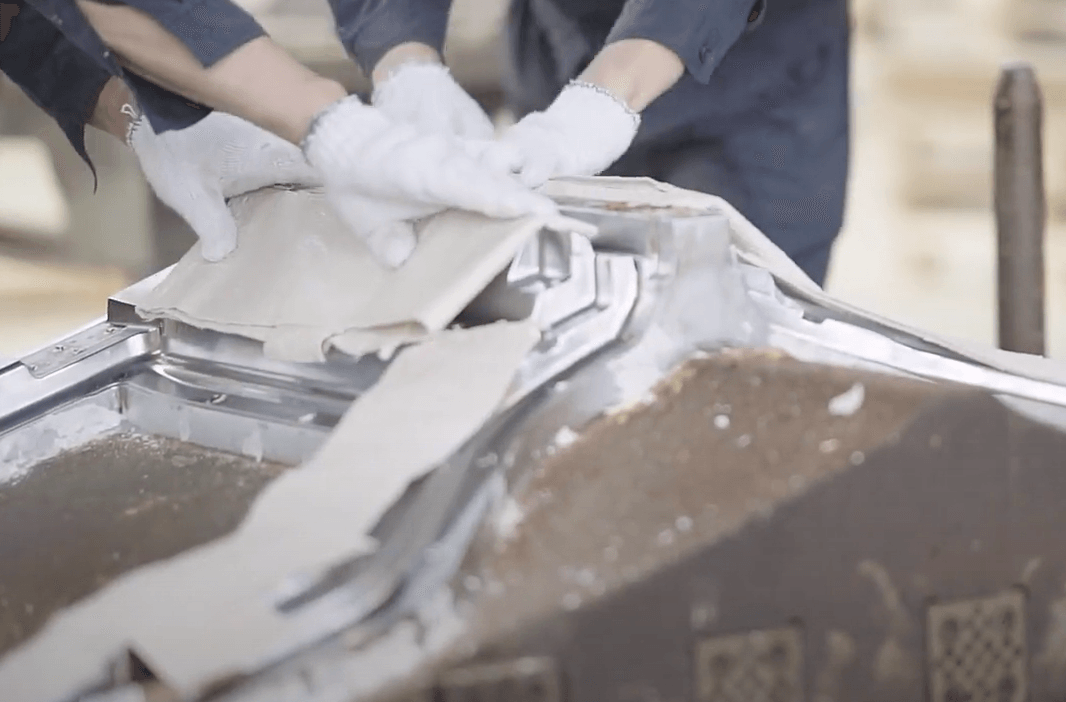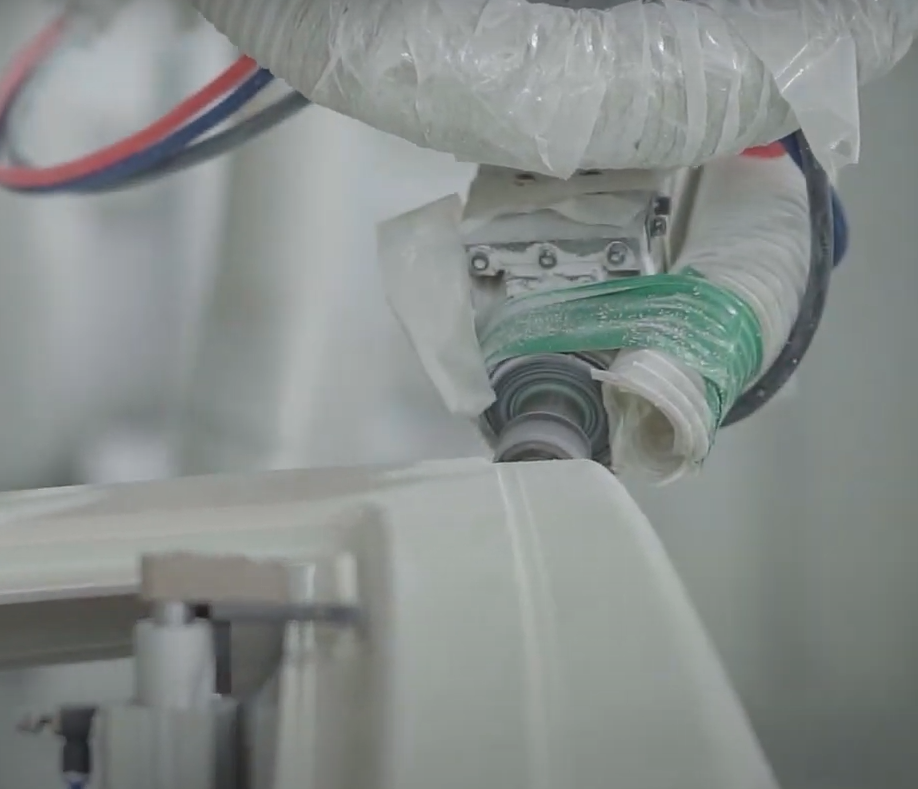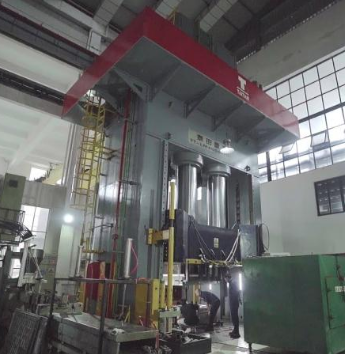As an employee of Suase, let's delve deep into the realm of composite manufacturing to dissect the intricate differences and striking similarities between compression mold and transfer mold processes.
Compression Mold:
Compression molding stands as a versatile and widely utilized method for fabricating intricate composite components with exceptional strength and precision. This process begins with the careful preparation of a composite mixture, often comprising materials such as Bulk Molding Compound (BMC) or Sheet Molding Compound (SMC), which is precisely weighed and blended to achieve desired properties. The mixture is then placed into an open mold cavity, meticulously designed to the exact specifications of the desired part. Once loaded, the mold is closed, and hydraulic pressure is applied to compress the material uniformly. Concurrently, heat is introduced to facilitate the curing process, allowing the composite to solidify and assume the desired shape. Compression molding offers unparalleled flexibility, enabling the production of complex geometries with tight tolerances and exceptional mechanical properties.

Compression Tooling:
At the heart of compression molding lies the intricate web of compression tooling, comprising molds and associated equipment meticulously engineered to orchestrate the manufacturing process. Compression molds, typically crafted from robust materials like steel or aluminum, boast intricate cavities and precise geometries tailored to the specific requirements of each component. These molds undergo meticulous surface treatment and preparation to ensure optimal release characteristics and durability. Additionally, compression tooling encompasses a myriad of ancillary equipment such as hydraulic presses, heating systems, and control mechanisms, all meticulously calibrated to ensure uniform pressure application and consistent curing across the entire mold surface. Compression tooling plays a pivotal role in achieving the desired part quality, dimensional accuracy, and production efficiency in compression molding operations.
BMC Mold and BMC Tooling:
Bulk Molding Compound (BMC) represents a versatile and widely used material in compression molding applications, prized for its exceptional mechanical properties and dimensional stability. BMC molds and tooling are meticulously engineered to accommodate the unique characteristics of BMC materials, ensuring precise material distribution and optimal part consolidation. BMC molds feature intricate cavities and surface textures designed to impart desired aesthetics and functional properties to the final product. BMC tooling encompasses a comprehensive array of components, including mold inserts, ejector systems, and heating elements, all meticulously tailored to optimize the compression molding process for BMC materials. From automotive components to electrical enclosures, BMC mold and tooling solutions offer unparalleled versatility and performance across a diverse range of applications.

SMC Mold and SMC Tooling:
Sheet Molding Compound (SMC) represents another cornerstone of compression molding, valued for its exceptional strength-to-weight ratio and inherent corrosion resistance. SMC molds and tooling are meticulously engineered to harness the unique properties of SMC materials, enabling the production of complex components with exceptional mechanical properties. SMC molds feature intricate cooling channels and precise venting systems to optimize material flow and minimize cycle times. SMC tooling encompasses a comprehensive suite of components, including mold inserts, ejector systems, and temperature control units, all meticulously designed to ensure uniform part consolidation and optimal curing of SMC materials. Whether producing structural panels for aerospace applications or intricate automotive components, SMC mold and tooling solutions offer unparalleled precision and performance across a myriad of industries.
Differences from :
While compression mold and transfer mold processes share commonalities in their use of pressure and heat to shape composite materials, they diverge significantly in their methodologies and applications. In compression molding, the material is directly loaded into the mold cavity and subsequently compressed to shape, whereas transfer molding involves the transfer of material into a heated mold cavity using a plunger or piston mechanism. Transfer molding is often favored for high-volume production of small, intricate components requiring precise geometries and intricate details. In contrast, compression molding excels in producing larger, more complex components with exceptional strength and dimensional accuracy. Despite their differences, both compression mold and transfer mold processes offer unparalleled versatility and performance in the realm of composite manufacturing, catering to a diverse array of industries and applications with precision and efficiency.

In summary, compression mold and transfer mold processes represent two distinct yet complementary approaches to composite manufacturing, each offering unique advantages and tailored solutions for a myriad of applications. Whether navigating the intricacies of BMC, SMC, or other composite materials, compression mold and compression tooling remain steadfast allies in the pursuit of innovation, quality, and excellence in manufacturing.
